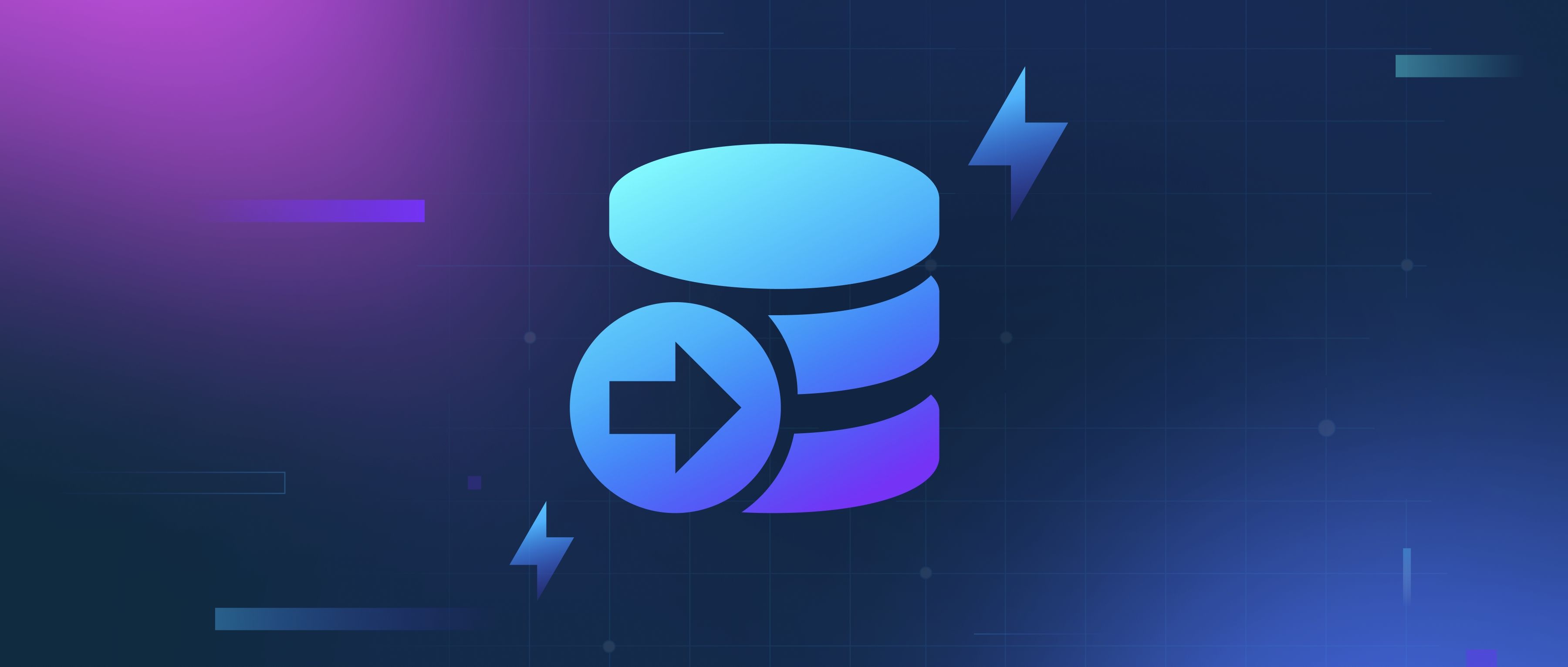Online learning algorithms update recommendation models by adjusting the model parameters in real-time based on new data as it becomes available. Instead of requiring a full retraining of the model using a large dataset, online learning allows for incremental updates. This is particularly useful in environments where user preferences change frequently, such as e-commerce sites or streaming services. For instance, if a user watches a new genre of movies, the model can immediately take that into account to revise its recommendations.
One common method in online learning is to use techniques like stochastic gradient descent (SGD) or similar optimizers that process one or a few training examples at a time. Suppose a user clicks on a specific product or engages with a certain piece of content. The algorithm records this interaction and calculates the change needed in the model's weights based on the feedback. This allows it to adjust the recommendations accordingly without waiting for more data to pile up. An application of this can be seen in platforms like Netflix, where the model reacts to viewing habits instantaneously, ensuring users are presented with suitable recommendations quickly.
Additionally, online learning often incorporates feedback loops to enhance personalization. For example, a recommendation system can use contextual information such as the time of day or device type alongside explicit user ratings to refine its output. It continuously learns from each interaction, thereby improving the relevance of its suggestions. This method can lead to more accurate recommendations over time as the model continuously adapts to the dynamic nature of user behavior and preferences. Ultimately, online learning helps maintain a responsive and personalized user experience.
